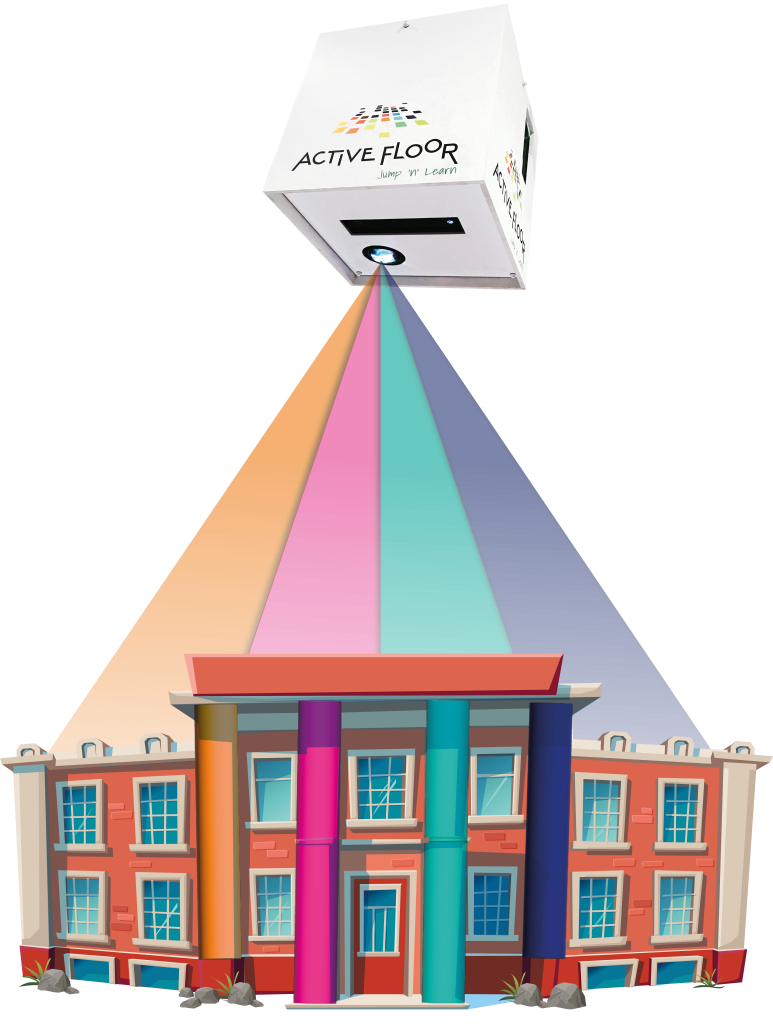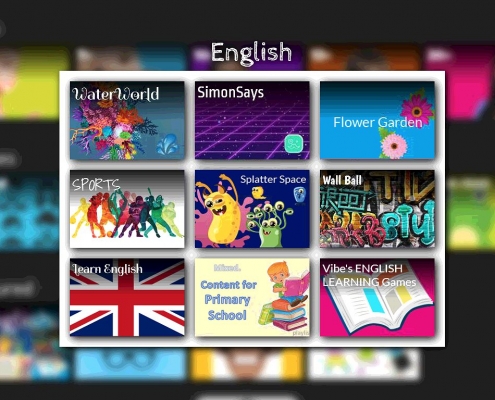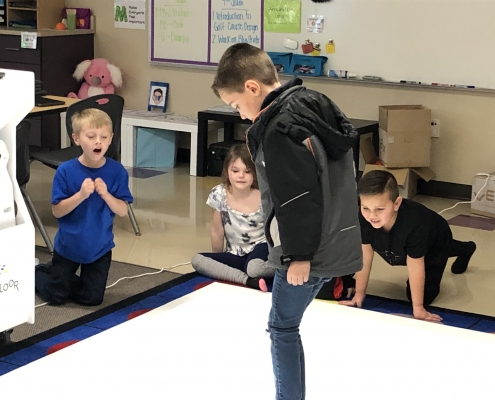Future schools will always be a subject of debate. Right now, there is a particular emphasis on how much technology should be integrated into the classroom in general. In this article, we provide our perspective and present some viewpoints.
Technologies in education need to be balanced.
In a world where technology is advancing rapidly, the presence of screens and the underlying technologies in schools are highly debated. One of the most discussed topics in this context is the impact of technology on children’s development.
The debate surrounding technology’s role in children’s education is complex. It is a delicate balance to find the point where technology and learning harmonize. On one hand, technology can open doors to increased creativity and learning through interactive educational opportunities and games. But on the other hand, there are concerns about excessive screen time that could potentially affect children’s health and social skills.
We believe it is important for our education system to keep pace with progress and prepare future generations to navigate a globalized and digitized world. However, the boundaries are often drawn very tightly – either you are pro-technology, or you are against it. But are some nuances lost when the lines are drawn so sharp?
In a time where technology shapes our future, we believe that education systems worldwide should not only keep up but also lead the way. By embracing technology and digital teaching tools, we can create an educational world that is not only modern but also inspiring for future generations.
It is essential to understand that technology is neither inherently good nor bad; instead, it is a tool that can be used constructively or destructively depending on the context and in the right balance. By finding the right equilibrium and providing children with support and guidance, we can ensure that technology becomes a positive and enriching aspect of their lives and development. The question now is: how do we find that balance?
Play and movement are important factors for us.
Instead of polarizing the debate into technology vs. learning or considering whether technology is good or bad, we should explore, understand, and consider the various aspects. We seek a deeper understanding of how technology can be applied in a way that benefits children’s learning and development, while being mindful of potential challenges and how to address them.
Play and movement are important factors to consider when new technology is implemented in education. By incorporating these elements, a good balance is achieved as we are now also addressing physical activity, social skills, and the overall well-being of each student.
How do we envision the Future School with a focus on play, technology, learning, and movement?
It’s not about technology versus learning; instead, it’s about how we combine play, technology, learning, and movement. If screens are used solely for entertainment, they become irrelevant and may not necessarily have a place in education.
Today’s children and young people are deeply engrossed in gaming, and therefore, we see that gamification holds significant potential in education and should not only be seen as a leisure activity. Integrating gaming into education doesn’t have to be limited to classrooms. Instead, gamification can lay the foundation for play and movement, increasing engagement and motivating students, ultimately improving learning outcomes. Moreover, consistent research shows that incorporating play and movement in education enhances children’s ability to remember and perform better.
When implementing new technologies in the school of the future, we need not only focus on classrooms. There is also vast potential in examining common areas such as schoolyards, cafeterias, libraries, and specialized classrooms. Rethinking the computer room as a digitized specialized classroom is an option where teachers have the opportunity to utilize new learning tools like robots, virtual reality, augmented reality, and other interactive learning possibilities. Today, there are many educational technologies (EdTech) that optimize play, movement, and learning. Research demonstrates that combining these elements offers several benefits in the physical, cognitive, and social development of individual children. The question now is how to strike the right balance.
Create Future Schools with ActiveFloor.
ActiveFloor prepares children for a digital future and serves as a valuable supplement to traditional stationary, sedentary classroom teaching. With ActiveFloor, we get students up and moving, creating an inclusive environment where play, movement, and learning take center stage. We find that play increases engagement among students, leading to enhanced learning experiences. ActiveFloor offers high-quality educational materials that are easy for teachers to implement in their teaching. Additionally, teachers can create customized game content through our online platform, MyFloor, allowing for differentiation and maintaining a didactic consensus for play and movement.
Reports from school leaders indicate a general improvement in students’ well-being and academic performance. Likewise, teachers report a lighter workload as students are more motivated and attentive due to the playful and engaging nature of the instruction.









